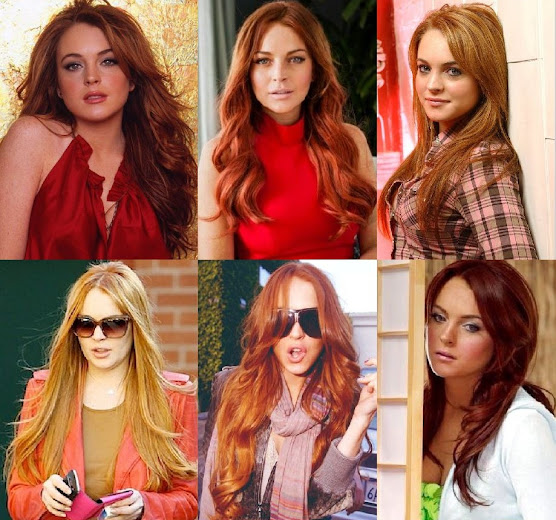Tincture (pronounced tingk-cher)
(1) In pharmacology,
a solution of alcohol or of alcohol and water, containing animal, vegetable, or
chemical drugs (an alcohol solution of a non-volatile medicine (obsolete)).
(2) A slight
infusion, as of some element or quality; the dipping of something into a liquid to gain to color.
(3) A trace;
a smack or smattering; tinge.
(4) In heraldry,
any of the colors, metals, or furs used for the fields, charges etc, of an
escutcheon or achievement of arms.
(5) A pigment or other substance that colours or dyes; specifically, a pigment used as a cosmetic (obsolete).
(6) To
impart a tint or color to; tinge.
(7) To imbue
or infuse with something.
(8) A
slight flavour, aroma, or trace
(9) In medicine as "tincture of steel", an alcoholic solution of the chloride of iron (obsolete).
(10) A small flaw, an imperfection; a blemish or stain (now rare except as a literary device).
(11) In Christianity, a synonym of baptism (based on the idea of being "dipped into or sprinkled with Holy Water".
(12) A (small) alcoholic drink (used humorously).
(13) In alchemy, an immaterial substance or spiritual principle which was thought capable of being instilled into physical things; also, the essence or spirit of something; a material essence thought to be capable of extraction from a substance.
(14) In chemistry, the part of a substance thought to be essential, finer, and/or more volatile,
which could be extracted in a solution; also, the process of obtaining this.
1350-1400:
From the Late Middle English tincture
(dye, pigment; colour, hue, tint; process of colouring or dyeing; medicinal
ointment or salve (perhaps one discolouring the skin); use of a medicinal
tincture; (alchemy) transmutation of base metals into gold; ability to cause
such transmutation; substance supposed to cause such transmutation)), the
construct being the Latin tīnct(ūra) (act of dyeing) + the Middle
English -ure (the suffix indicating
an action or a process and the means or result of that action or process). The construct of tīnctūra was tīnc(tus) (coloured, tinged; dipped in;
impregnated with; treated”) + -tūra (the
suffix forming action nouns expressing activities or results) while tīnctus was the perfect passive
participle of tingō (to colour, dye,
tinge; to dip (in), immerse; to impregnate (with); to moisten, wet; to smear),
ultimately from the primitive Indo-European teng-
(to dip; to soak), (source also of the Old High German dunkon (to soak) and the Greek tengein
(to moisten). It was cognate with the
Ancient Greek τέγγω (téngō) and from
the Latin Modern English has picked up tint, taint and tainture (an obsolete
synonym of tincture). Tincture is a noun
& verb, tinct, tincturation, tincturing & tinction are nouns, verbs
& adjectives, tinctured is a verb & adjective, tinctorial &
tinctorious are adjectives and tinctorially is an adverb; the noun plural is
tinctures. The noun tinctura is listed
by most dictionaries as obsolete but it is still in use poetically.
The fifteenth century use by apothecaries to refer to medicinal ointments (the assumption by historians this use was associated particularly with those used to discolor the skin or from being imbued with the essential principles of the substance). In pre-modern medicine the meaning lingered, the idea of a tincture being a “solution of medicine in a mixture of alcohol” recorded in the professional texts in the 1640s. In fashion, parchment preparation and then still rare applications such as wallpaper, the word was used to describe a “process of coloring" from early in the fifteenth century. The verb was derived from the noun and came into use in the 1610s in the sense of “imbue with color”. Tincturation (preparation of a tincture) was in use by the mid nineteenth century while tinction has been used to mean “preparation for dyeing, coloring matter ready for use” since the 1890s.
In heraldry, the “rule of tincture” (described as “a design philosophy”) is the convention “metal should not be put on metal, nor colour on colour”. There appears to be no historical basis for the emergence of this rule in the early fifteenth century and the favored modern explanation is that imposing it simply made it easier for the craftsmen of the era, it being technically challenging to inlay metals in metals, the practical point being a high wastage rate of expensive materials (the client paying only for the finished product). However, the rule took hold rather in the manner the strictures in some religions (such as prohibitions on the consumption of shellfish or pig products) began as public health measures in the pre-refrigeration age endured to become orthodox articles of faith. Centuries later, although the application of the “rule” began to be relaxed, such was the enduring influence that artisans' guilds formally codified a list of “exemptions” from the rule.
Meaning shift
The historic meaning of tincture (a synonym for dye or pigment) is now entirely obsolete; a tincture is now a subtle shade, tint or variation of an original colour or a smattering of another. It can be applied to any field vaguely analogous such as tastes or aromas and can be used pejoratively to suggest someone’s knowledge of something might be less than advertised. It has also found a niche is recipes printed in up-market publications as a word to use instead of "hint".



No comments:
Post a Comment